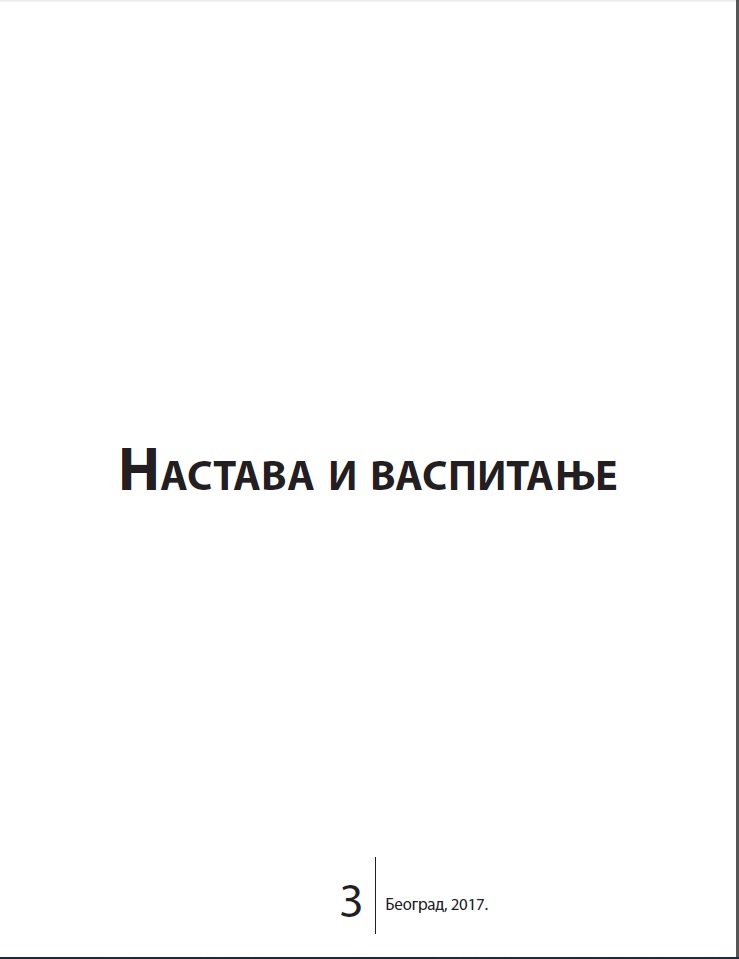Процедура увођења визуелних распореда код ученика са поремећајем аутистичког спектра у циљу олакшавања транзационих процеса у школском контексту
Introducing visual schedules for students with autism spectrum disorder to facilitate transitions within the school setting
Author(s): Mirjana V. Đorđević, Nenad P. GlumbićSubject(s): Social Sciences
Published by: Педагошко друштво Србије
Keywords: autism; stimuli; visual schedule
Summary/Abstract: Students with autism spectrum disorder (ASD) commonly show signs of resistance to regular school transition activities. This issue can be overcome through the use of a visual schedule. The research presented in the paper aimed to test the possibilities of introducing visual schedules for students with ASD. The research sample consisted of students with ASD (H = 7) and their special education teachers (H = 7). Student training was carried out in four phases. Data were collected using a general questionnaire, a questionnaire for assessing the severity of autism spectrum symptoms, a procedure monitoring form, and a questionnaire on the use of the visual schedule. The results obtained indicate that during their four-day training, four students successfully mastered all four phases, while three students managed to complete phase three. Physical stimuli decreased over the course of the training, so that in the last phase none of the students relied on either complete or partial physical stimuli. Success in mastering the independent use of the visual schedules is not significantly related to the degree of repetitive behavior exhibited, to time spent on training, or to the number of negative or positive reactions. We can conclude that introducing this procedure into everyday work with children with ASD would improve pedagogical practice, both in regular schools and in schools for children with developmental disabilities
Journal: Nastava i vaspitanje
- Issue Year: 66/2017
- Issue No: 3
- Page Range: 451-464
- Page Count: 14
- Language: Serbian

